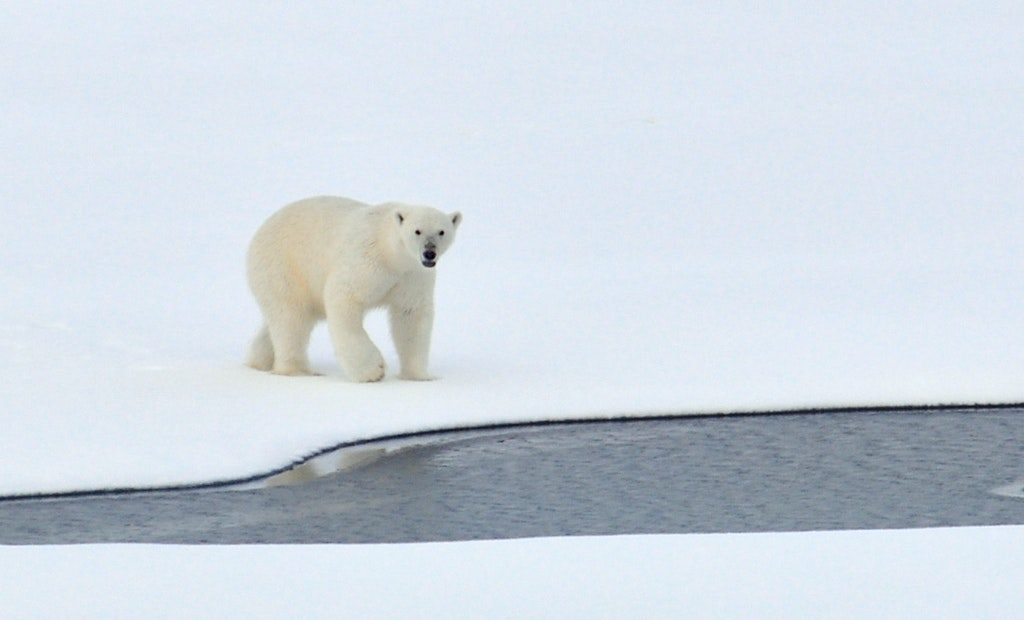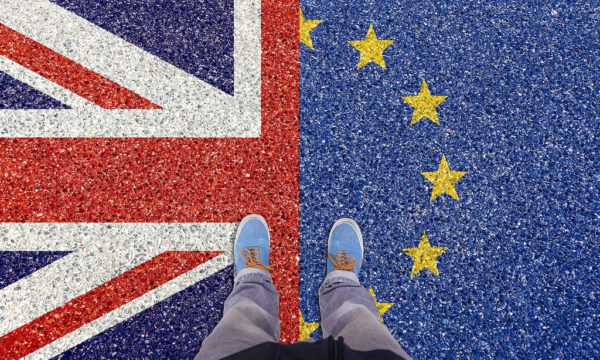Polar bears 450,000 years older than previously thought

Scientists have published research that suggests polar bears are a much older species than previously thought.
A study, led by Frank Hailer of the Biodiversity and Climate Research Centre in Frankfurt, revealed that the bears are ‘older and more genetically unique than previously thought’. Genetic analysis prior to this had determined that polar bears as a species were only about 150,000 years old and were an evolved type of northern brown bear.
This earlier work, published last year, focused mainly on mitochondrial DNA, which is inherited only through the maternal line and accounts for less than one percent of a creature’s genetic material. Hailer’s research, however, examined more widely the inherited areas of the nuclear genome, where the majority of genetic information is concentrated. Taking samples from both polar and brown bears, the DNA analysis found brown bears and polar bears to be distinct genetic species, with separate lineages stretching back much further than previously surmised.
Scientists now estimate the last common ancestor between polar and brown bears to be as long ago as 934,000 years, though the more likely age is about 600,000 years.
In the work, published in ‘Science’ journal, the previous study’s findings are rationalised in reference to interbreeding between polar bears and brown bears in warmer eras 150,000 years ago. Such activity would have introduced brown bear mitochondrial DNA into the small polar bear population, and mistakenly indicated that the two were more recently related species.
The findings give a more complete genetic picture of polar bears. They also raise some serious questions as to the future of the arctic giants. The new information shows that polar bears took five times longer to adapt to their habitat than previously thought. The worry arising from this is that the species may not be able to adjust to today’s rapidly changing climate.
Such low genetic diversity and difficulty in adapting to changing climate cycles, in combination with the human threat, has the potential to push the polar bear population to the brink of extinction.
Hailer highlighted this concern: “In previous warm phases between the ice ages polar bears were able to survive. The main difference this time is that humans are impacting polar bears as well.”
Sophie Mihell-Hale
























Facebook
Twitter
Instagram
YouTube
RSS